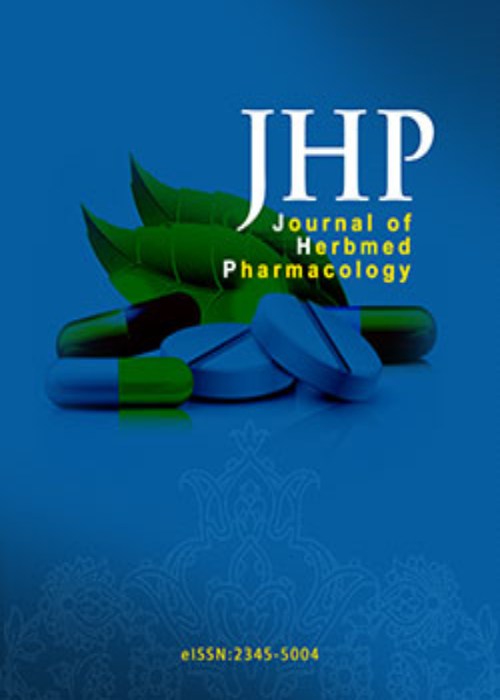Enzyme inhibitory, antioxidant, and antibacterial activities of ethanol fruit extract of Muntingia calabura Linn
Muntingia calabura is used for many medicinal advantages. So far, limited study has been done for the bioactivities of M.calabura fruit. The study aimed to investigate the enzyme inhibitory, antioxidant, and antibacterial activities of M.calabura fruit.
Ethanol extract of M.calabura fruit was tested for its inhibitory enzyme activities against key enzymes linked to human pathologies, such as diabetes (α-glucosidase and α-amylase), hyperuricemia (xanthine oxidase), and obesity (lipase). The antioxidant properties were investigated using different in vitro assays (DPPH, CUPRAC, reducing power, phosphomolybdenum, metal chelating and DNA-Damage protection assays). The fruit was also evaluated for its antibacterial activity against several gram positive and negative bacteria.
The total phenolic and flavonoid contents of the extract were 10.85 mgGAE/g and 3.30 mg QE/g, respectively. The fruit extract showed good inhibition against α-glucosidase and α-amylase (IC50 16.74 and 46.49 µg/ml, respectively), with activities stronger than acarbose (100.38 and 152.46 µg/ml, respectively). It exhibited weak inhibitory activity against xanthine oxidase (IC50 0.91 mg/ml) and lipase (IC50 16.48 mg/ml), weaker than the references used for respective test (IC50 allopurinol 5.31 µg/ml and orlistat 0.17 µg/ml). The extract showed antibacterial activities againts Chromobacterium violaceum, Staphylococcus aureus, Streptococcus mutans, Staphylococcus epidermidis, and Escherichia coli. The ethanol extract showed weaker antioxidant activities, when compared to ascorbic acid and BHT. However, the extract was able to protect DNA-damage.
The study concludes that M. calabura fruit exhibits antioxidant, antibacterial, and enzyme inhibitory properties, thus can be a good source for pharmacological uses.
DNA protection , Fruit , α-glucosidase , Kersen , Lipase , Xanthine oxidase
- حق عضویت دریافتی صرف حمایت از نشریات عضو و نگهداری، تکمیل و توسعه مگیران میشود.
- پرداخت حق اشتراک و دانلود مقالات اجازه بازنشر آن در سایر رسانههای چاپی و دیجیتال را به کاربر نمیدهد.


